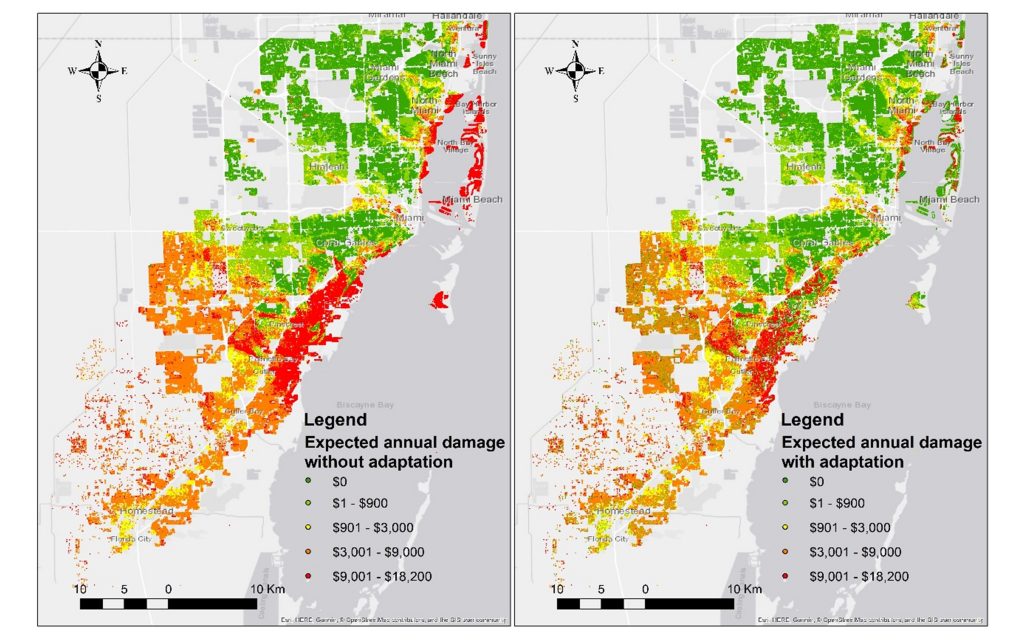Modeling Local Government, Residents, and Insurance in Coastal Adaptation
Doctoral candidate Yu Han and Dr. Zhong-Ren Peng predicted risk mitigation behaviors under different policy scenarios using agent-based modeling.
The encroaching sea. Photo by Asael Peña on Unsplash.
July 31, 2019
Han, Yu and Zhong-Ren Peng, 2019, “The integration of local government, residents, and insurance in coastal adaptation: an agent-based modeling approach,” Computers, Environment and Urban Systems, Volume 76, July 2019, Pages 69-79 (https://doi.org/10.1016/j.compenvurbsys.2019.04.001)
Coastal storm surge has created over $10 billion losses per year in the United States. As the sea level rises and coastal population grows, this figure could climb up further. A successful adaptation to climate change would require active cooperation between private and public stakeholders in coastal communities.
In our recent studies, we explored the interaction between the private and public stakeholders in adaptation and risk mitigation to flood risk by using Agent-based Modeling approach. Through simulating the decision-making process of adaptive behaviors of coastal households on risk mitigation under local and federal adaptation policies, the overall adaptation results in local communities has been evaluated.

Based on Miami-Dade County’s data, the modeling results indicate that households in the south and southwest of the county have lower risk perceptions, which result in fewer self-risk mitigation or adaptation behaviors, and therefore, federal subsidizing policies are needed to entice local residents’ adaptation behavior.

Our results also show the positive impacts of the voucher system for houses-elevation policy in addressing the affordability issue and improving insurance take-up rates in these areas.
Furthermore, when the local government initiates adaptation plans that cover more communities with lower-frequency flood risk, the overall flood risk of residential properties in the whole county could be significantly reduced.
The modeling approach presented in this study contributes to flooding risk management in terms of community risk reduction and adaptation. The developed model can be further applied as a policy analysis tool for coastal adaptation management.